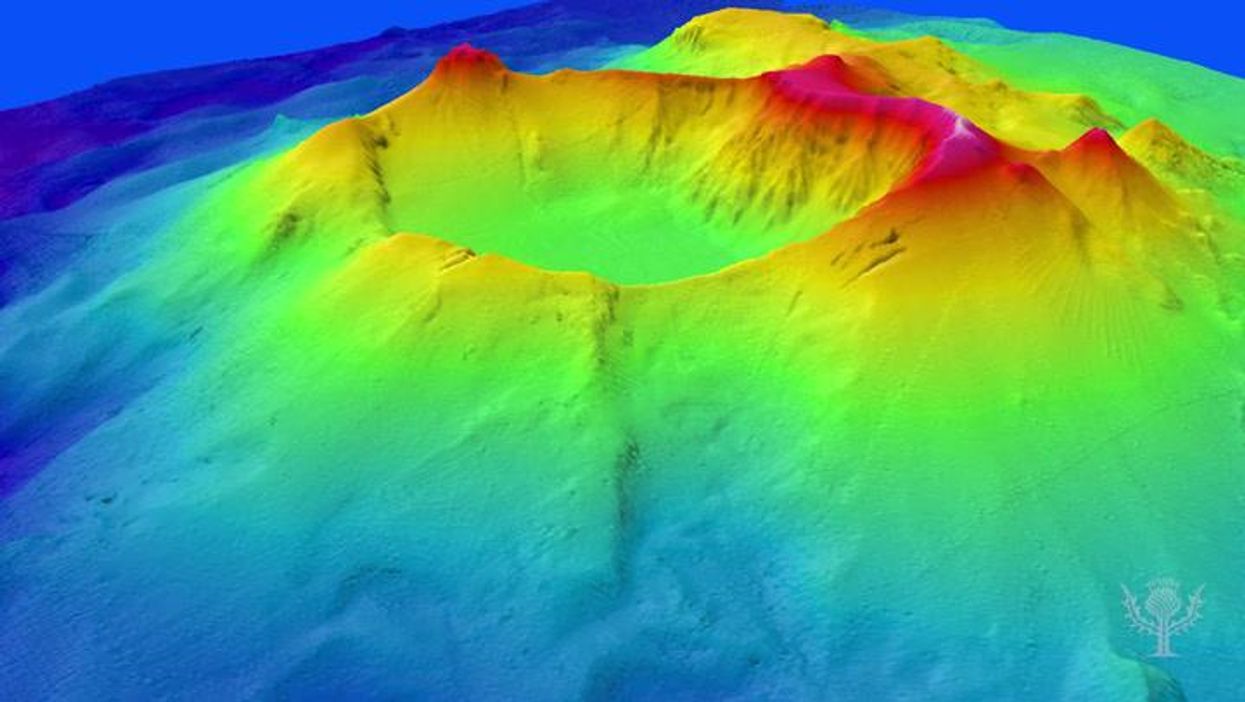Why is it that we’re all taught that Greenland is gigantic? Or maybe – we are not specifically taught – but if you examine traditional world maps, Greenland certainly takes up a significant amount of space.
While many of us assume we have a pretty good idea of what the globe looks like, the truth is, the scale of the traditional world map is completely off.
Called the Mercator Projection, this map puts Europe at the centre of the universe.
In 1569, Gerardus Mercator drew the world along colonial lines, exaggerating ‘Imperial Powers’ along shipping routes.
Sign up to our new free Indy100 weekly newsletter
One map, however, provided by “Engaging Data” perfectly shows just how off our conceptions are, and it’s quite surprising – even if you already had a sense that the Mercator projection is warped.
The ‘Engaging Data’ map shows an image of the Mercator projection but offers an option to “show real size”. Once you click on this option, the map – especially the Northern Hemisphere – drastically shrinks.
“I remember as a child thinking that Alaska was as large as half of the continental US. Later, however, I learned that while it is the largest state, it is actually only about one-fifth the size of the lower 48 states,” the creator of the map wrote on the website.
“My son has also remarked that Greenland is very big. And while it is very big, it’s nowhere near the size of the continent of Africa,” the map-maker wrote, explaining their motivation for the project.
In a similar project interactive “True Size”, a map lets you visualize how big countries really are – rather than how big they appear when on the distorted map. It shows, for example, the United States, China, and India would all almost fit on to Africa.
While no map is perfect – they are two-dimensional after all – there have been other attempts to change our perceptions, and decolonise the often-used Mercator Projection.
The Gall-Peters projection, which works to correct the Mercator colonial distortions, shows a more accurate image of the world.
In 2017, public schools in Boston said all-new maps in schools would use the Peters projection. According to an assistant superintendent for Boston public schools, it’s “the start of a three-year effort to decolonize the curriculum in our public schools”.
\u201cPromised a kiwi friend to repost this world map centered on New Zealand. Enjoy! Source: https://t.co/5lJgf2EaDU\u201d— Simon Kuestenmacher (@Simon Kuestenmacher) 1596889321
Even so, a moving map like the one from ‘Engaging Data’ might be the most useful for those looking to change their perspective of the world, because it shows you how divergent your subconscious understanding is to reality – and then lets you compare the two.
Innovative maps like these show it’s definitely time to reject the whitewashing of textbook maps, curriculums and subconscious conceptions, to see the world as it really is.
Have your say in our news democracy. Click the upvote icon at the top of the page to help raise this article through the indy100 rankings.














